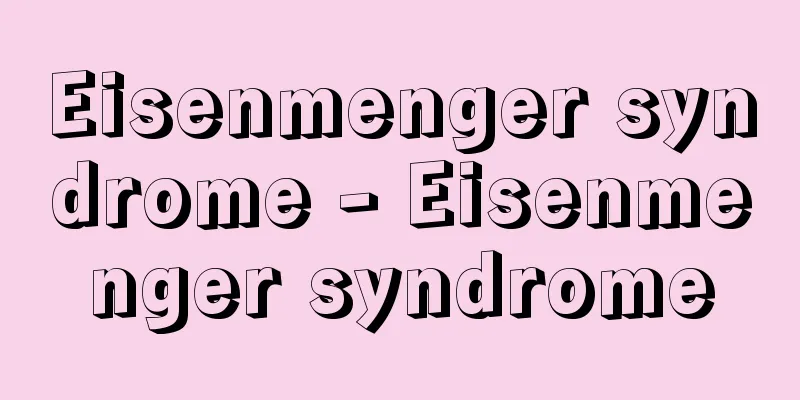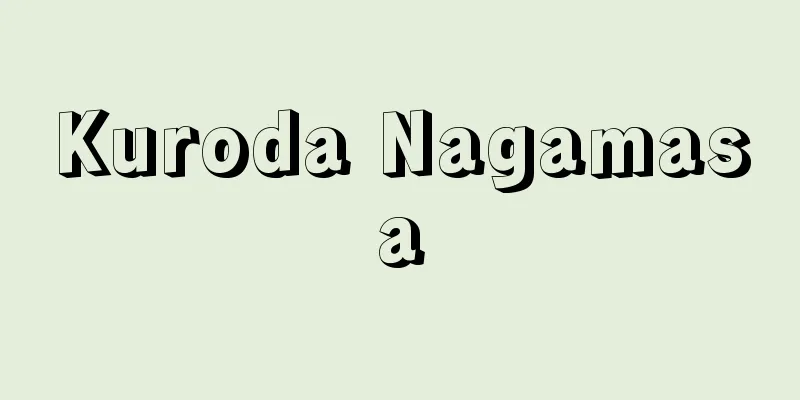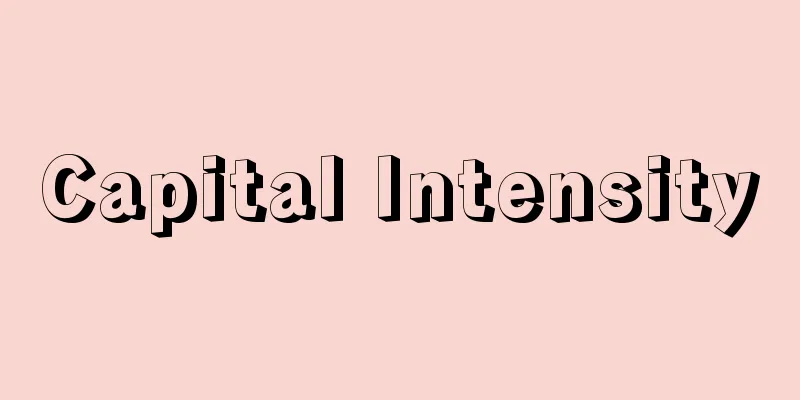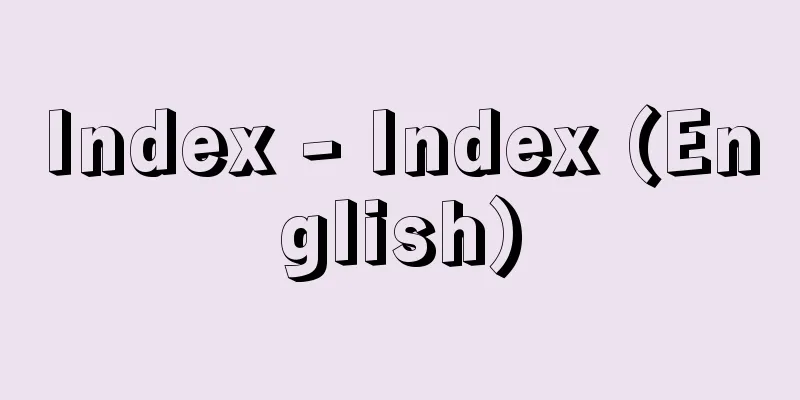Hallucinogenic drugs
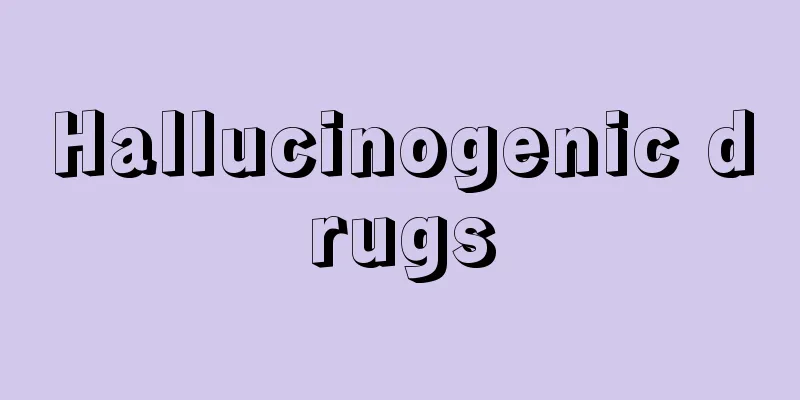
|
Also known as mind-expanding drugs. These drugs induce hallucinations when taken, and well-known examples include atropine, LSD, marijuana, hashish (cannabis), and mescaline. Hallucinogens have a long history, and there are many cases in which hallucinogenic plants, such as peyote (a type of cactus) in Mexico and Amanita muscaria in Siberia, are taken around the world to induce religious or mythological experiences or to diagnose illnesses. → Related article Michaud Source : Heibonsha Encyclopedia About MyPedia Information |
|
精神展開薬とも。服用すると幻覚をひき起こす薬で,アトロピン,LSD,マリファナ,ハシーシュ(大麻),メスカリンなどが有名。幻覚薬の歴史は古く,メキシコのペヨーテ(サボテンの一種)やシベリアのベニテングダケなど,世界各地で幻覚性植物を服用して宗教的・神話的体験や病気治療の診断に用いられる例が多い。 →関連項目ミショー 出典 株式会社平凡社百科事典マイペディアについて 情報 |
<<: Cost accounting - Genkakeisan (English)
>>: Hallucinations - hallucinations
Recommend
Prunellidae
…Any of the birds in the passerine order, family ...
X-ray absorptiometry
...X-ray fluorescence analysis is the same analyt...
Fields, JC (English spelling) FieldsJC
...also called the Nobel Prize of mathematics, it...
Goodyera macrantha (English spelling) Goodyera macrantha
… [Ken Inoue]. … *Some of the terminology that me...
"To Live" - To Live
…After graduating from Oxford University, he took...
Giotto (English spelling) Giotto di Bondone
Italian painter and architect. He built the found...
Extreme writing - Extreme writing
A certificate of authenticity for art and crafts, ...
Nonai Town - A town that is full of sadness
...A city in the northern part of the Ishikari Pl...
gnu (English spelling)
It is a species of antelope, also called the blac...
Naval Disarmament Conference
…(1) The Naval Conference held in Geneva in 1927 ...
Campsis radicans (English spelling)
… [Mitsuru Hotta]... *Some of the terminology tha...
Ikinji Deewan - Ikinji Deewan
...The salary of the head of each of these office...
Supervised Learning - Thank You for Teaching
...A field of research that teaches machines such...
Common carp
…Currently, due to migration, the fish breeds in ...
Mr. Hatano
A medieval military commander and local lord of Ta...



